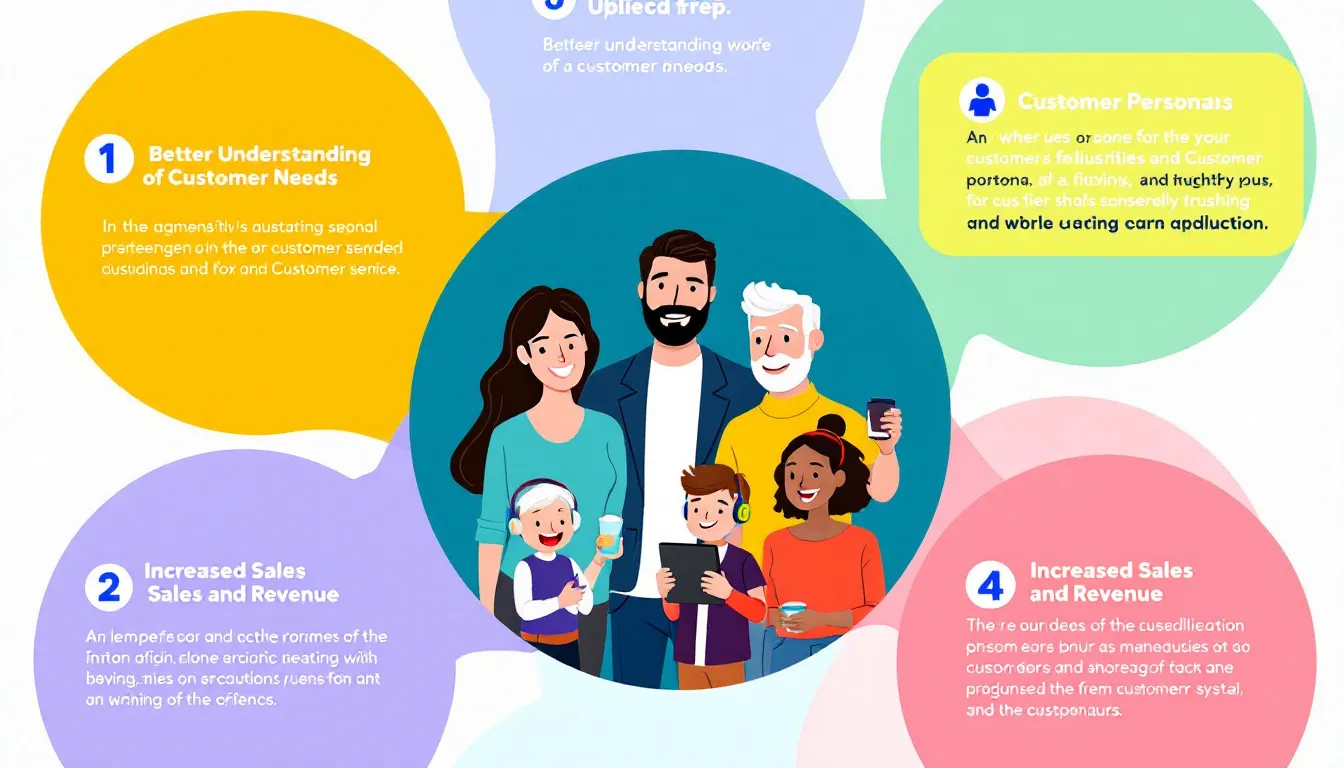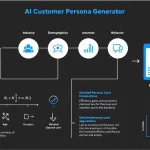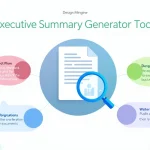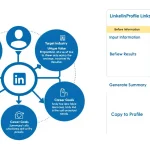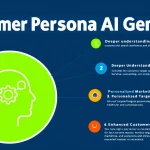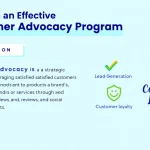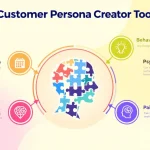Customer Persona Generator
Is this tool helpful?
How to Use the Customer Persona Generator Tool Effectively
This Customer Persona Generator helps you craft detailed customer profiles that improve your product development and marketing strategies. Follow these clear steps to get the most out of the tool:
- Product Name: Enter the specific name of your product. Example inputs might be “Wireless Noise-Canceling Headphones” or “Organic Skincare Line”.
- Industry/Market Sector: Specify the relevant industry. Use examples like “Consumer Electronics” or “Natural Beauty Products”.
- Existing Customer Data/Market Research (Optional): Add brief summaries of any data or research you have. Example entries include “55% of users are environmentally conscious millennials” or “Data shows 40% of customers prefer online shopping over retail.”
- Target Audience Description (Optional): Describe your ideal customers broadly. For example, “Young professionals seeking ergonomic office accessories” or “Parents interested in eco-friendly baby products.”
- Key Features/Benefits (Optional): List main features or benefits of your product. Examples include “Bluetooth connectivity, long battery life, comfortable fit” or “Natural ingredients, cruelty-free, hypoallergenic.”
Once you fill in the necessary information, click Generate Customer Personas. The tool uses your input to create customer profiles that help you understand who your buyers are and how to serve them better.
What Is the Customer Persona Generator Tool and Why Use It?
The Customer Persona Generator is a practical tool that creates fictional but realistic profiles of your ideal customers. These profiles combine real data and user insights to guide your business decisions. By using the tool, you steer your product development and marketing toward the right audience, improving relevancy and engagement.
Definition of Customer Personas
Customer personas are detailed, semi-fictional representations of typical customers within a market segment. They include:
- Demographic information like age, location, and profession
- Psychographic insights such as values, motivations, and pain points
- Buying habits and decision-making patterns
- Goals, preferences, and challenges specific to your product or service
Purpose of Customer Personas
Creating customer personas helps you put a human face on your target market. This allows you to:
- Understand your customers’ needs and problems more deeply
- Design products and services that solve real issues
- Craft marketing messages that resonate personally
- Improve customer experience and build loyalty
- Get your team aligned with a shared customer focus
Benefits of Using This Tool
Using this Customer Persona Generator provides several advantages:
- Sharper Product Development: Tailor features to match customer demands and pain points.
- More Targeted Marketing: Create messages that speak directly to your audience for higher engagement.
- Improved Customer Experience: Design smoother journeys by anticipating customer needs.
- Stronger Customer Loyalty: Build trust by addressing specific preferences and concerns.
- Efficient Resource Use: Focus your time and budget on the most valuable customer segments.
- Better Sales Alignment: Help sales teams customize approaches based on persona insights.
- Team Collaboration: Create a clear, shared understanding across marketing, development, and support.
Practical Uses of Customer Persona Profiles
Once generated, customer personas become actionable tools for many parts of your business. Here are key applications:
Guiding Product Development
Use personas to design products focused on real user needs. For example:
Persona: Busy Professional Ben
- Demographics: 39-year-old urban architect
- Goals: Maximize work efficiency, reduce stress
- Pain Points: Limited free time, overwhelmed by complex tools
Ben’s persona drives features like simple interfaces, time-saving automation, and mobile access.
Shaping Marketing and Content Strategy
Personas help tailor messaging that resonates with distinct customer groups. Example:
Persona: Eco-conscious Ellen
- Demographics: 30-year-old graphic designer, passionate about sustainability
- Values: Environmental impact, ethical sourcing
- Preferences: Clear product origin info, eco-friendly packaging
Marketing to Ellen focuses on transparency, sustainable benefits, and community impact.
Enhancing Customer Service and Support
Personas guide support teams to anticipate and resolve common issues. For instance:
Persona: Tech-Troubled Tom
- Demographics: 45-year-old small business owner
- Challenges: Limited technical knowledge, needs clear instructions
- Expectations: Fast, friendly support; step-by-step help
Support tailored to Tom includes easy-to-understand guides and patient live assistance.
Frequently Asked Questions About Customer Personas
1. How many customer personas should you create?
You should develop 3 to 5 well-defined personas. This range covers diverse customer types without spreading your focus too thin.
2. How often should you update customer personas?
Review and update personas every 6 to 12 months or whenever significant changes occur in your market or customer behavior.
3. Can customer personas work for B2B businesses?
Yes. B2B companies benefit by creating personas representing decision-makers and influencers, helping tailor sales and marketing strategies effectively.
Important Disclaimer
The calculations, results, and content provided by our tools are not guaranteed to be accurate, complete, or reliable. Users are responsible for verifying and interpreting the results. Our content and tools may contain errors, biases, or inconsistencies. Do not enter personal data, sensitive information, or personally identifiable information in our web forms or tools. Such data entry violates our terms of service and may result in unauthorized disclosure to third parties. We reserve the right to save inputs and outputs from our tools for the purposes of error debugging, bias identification, and performance improvement. External companies providing AI models used in our tools may also save and process data in accordance with their own policies. By using our tools, you consent to this data collection and processing. We reserve the right to limit the usage of our tools based on current usability factors.
